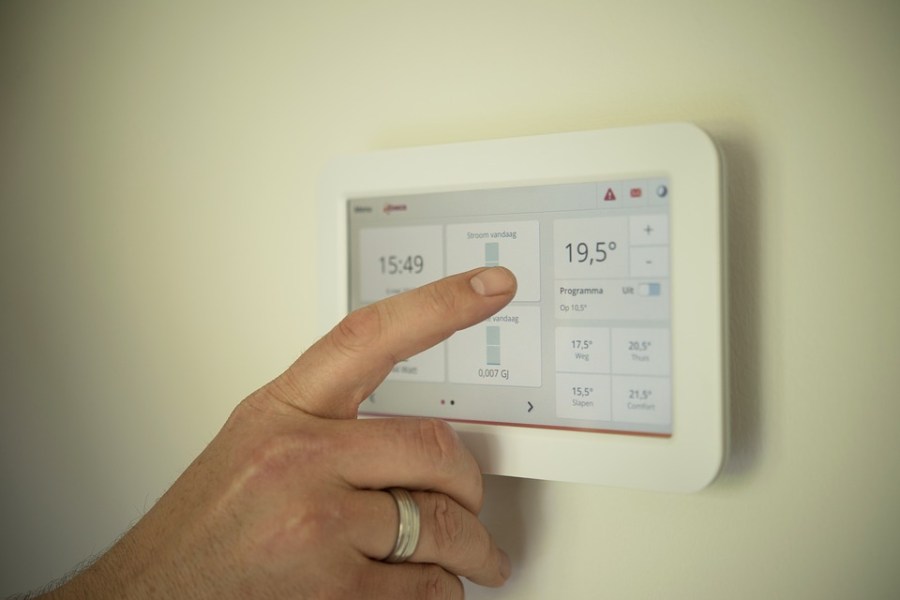Air Conditioning and Refrigeration Repair Made Easy
A Guide to Heating and Air Conditioning Systems

Whether you live in a mansion or a normal suburban home, the temperature is one of the main ways you make your place comfortable for those who live in it. The adults, the kids and the family pets all need warmth when it's freezing outside and cool air when the weather's boiling hot so a programmable thermostat is the best way of regulating the temperature in the place. You'll want different temperatures when you're at home and when you're at work, and you'll also want to lower or increase the temperatures during the night depending on local conditions outside. A programmable thermostat does that for you.
Programmable Thermostat
A programmable thermostat also saves you money because you're not heating up a home when no one's in so you'll save money by saving energy. If you buy one with a digital display, you'll find operating the device pretty easy as it'll make the desired temperature easy to set. If you're installing this for a senior citizen or someone else who's not good with technology, you won't have to keep answering the phone to them when they call asking for technical help.
The heating, venting and air conditioning system known as HVAC rely on a control unit that regulates the heating or cooling of the home through a series of sensors that compare the actual temperature with the desired temperature in the property and then make the necessary adjustments. Sometimes this control unit fails so the temperatures programmed into the thermostat are different to those experienced in the home. Thankfully the HVAC control module can be changed with or without the help of a professional.
Spare Parts
Replacement parts like filters can be bought from heating and cooling contractors or through major retails stores. You don't have to be a professional to change the filter when it has passed its best. The filter traps mineral pollutants that are found in water so they're prevented from entering the home. This helps to inhibit the growth of algae, bacteria, fungus and mold, which can have an adverse effect on people's health causing irritation to skin, the eyes or the throat.
Pressure Switch
In its most basic form a pressure switch is a switch that closes an electrical contact when the desired input pressure has been reached. You'll find pressure switches in everything from refrigerators to air conditioning units. This is a piece of technology that's been around a while but they fail from time to time so will need replacing. You can check yours with a multimeter. Disconnect the furnace pressure switch from their terminals and then attach the multimeter. The meter should read 0, or close to 0. If you get anything else, you'll know the pressure switch is faulty.
Fan Limit Control
The fan limit control is another thing you should check, particularly if your furnace fan won't start or won't stop. This is another part that can be replaced without too much difficulty but you'll need to have tools to disconnect the fan motor circuit. Before you get into that though, check the system by turning off the electrical power to the heating system then calling for heat by setting the thermostat higher than the room's current temperature. The oil or gas burner should turn on and then the fan limit control should turn the burner off again. If not, it needs replacing.
Technical Support
A heating and cooling company in your area should be called in if you're unable or unwilling to do the work yourself. This sensible approach should be adopted if your heating system uses gas as you could cause a major issue such as a gas leak that would do damage to your home and those within it. You should also consider if a warranty would make sense as taking one out could save you money in the long run.
Source: https://www.life123.com/article/a-guide-to-heating-and-air-conditioning-systems?utm_content=params%3Ao%3D740009%26ad%3DdirN%26qo%3DserpIndex&ueid=1eeb7a40-1dd2-4325-850d-e899f482d845
0 Response to "Air Conditioning and Refrigeration Repair Made Easy"
Post a Comment